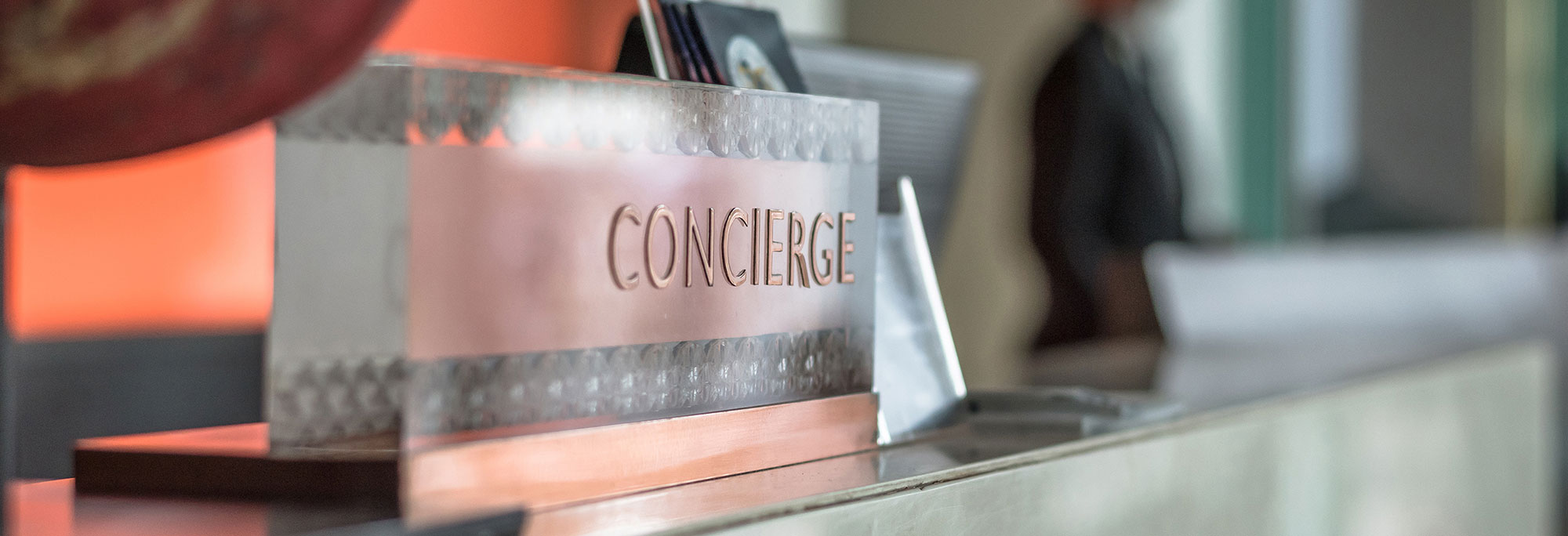The Engagement Opportunity
Guest service is the bell weather for many a business, and today’s traveler spends a great deal of time researching past experiences of other patrons prior to making a reservation at a hotel or restaurant. While the food may taste great or the guest room is of an exciting décor, the attention to detail of great service has a lasting effect.
Throughout my travels, I have often reflected on service levels that people receive on a daily basis, be it at the grocery store, a restaurant, hotel or inflight. The simple gesture of a smile and saying welcome goes a very long way to setting the tone. As the youngest of five, my family taught me the importance of warmly welcoming family and friends to our home, and I truly loved being hospitable, which probably fueled my interest to a hospitality career.
Like many valuable qualities, hospitality can be taught, and it was my experience working with Four Seasons Hotels and Resorts where I first came to appreciate the impact of genuine hospitality in a professional setting. The notion of treating a guest how you would like to be treated seemed like second nature, and I strived to make one’s travel experience memorable through actively engaging at every opportunity. The interactions and conversations with guests throughout their stay always nourished my soul.
While service levels have always varied, there is an additional distancing today due to Covid. It is just not the physical mask that is creating this separation, it is the declining interaction that has resulted from the use of QR codes for menus and the installation of plexi-glass at service counters, which is understandable.
In a new world full of restriction, seizing every opportunity to provide outstanding service cannot be overlooked, and it is this “Engagement Opportunity” that we have lost in our art of service.
Missed Opportunities
One of many examples in my experience occurred during a recent business trip to a lifestyle hotel in South Florida. Upon entering the restaurant, I was greeted by a hostess who was sitting down behind the podium and handed me a menu, allowing me to sit anywhere at the bar. This moment was an opportune time to seat me at the bar and introduce me to the bartender as well as connect the design decor with the menu. The impact of this interaction can’t be overstated as first impressions set the tone of a traveler’s experience and in this case, even if the food is outstanding, it is hard to overcome the first impression.
Upon sitting down, the bartender asked me what I wanted to drink, failing to a) introduce himself by name, and b) provide engaging insight into the unique bar offerings or recommendations. An offer of the daily drink special or his favorite beverage could have resulted in additional sales. At the time, this bar was empty, and the hostess was on her phone for the duration, so an engagement opportunity was present, but unfortunately overlooked.
After a few minutes perusing the menu, the bartender asked what I wanted with no recommendation of his favorite item(s). Mind you, I came in famished, so I could have easily been upsold on a variety of items. To his credit, he checked on me once to see if I wanted a drink besides water.
Following the entrée, I was asked if I wanted anything else with no mention of the delightful dessert selection that included my personal favorites of NY Cheesecake and Key Lime pie. I left this experience full of Maui fish dip and roasted chicken but disheartened at the lack of engaging customer service presented by the team.
Service Standards for Success
The missed opportunities from this experience are not the responsibility of individual employees, but in the training these fine people have not been afforded. We owe it to ourselves to reintroduce service training that goes beyond words, delivering dedicated and engaging time spent with team members, and translating that into meaningful customer experiences.
While businesses have done an admirable job in cutting expenses in this unprecedented time, it is imperative that we reallocate time and resources to training that will pay dividends in the long run. Great leadership understands this opportunity and as business ramps back up, these dedicated service professionals deserve time and guidance. For example, even though many establishments are using a QR code for their menu, food servers need additional training in a) how to feel comfortable in approaching a guest table, b) communicating about said menu, and c) the engagement opportunity.
The good news is that all is not lost as there are plenty of wonderful service professionals who love what they do and reflect that in their approach. A week after this experience in Florida, I went down for a late bite at the 1 Hotel South Beach and the individual working the bar was engaging and thoughtful, as he effortlessly replaced my incorrect entrée order. He was genuine in his communication and easily turned what could have been a negative experience into a positive one.
My gratitude also goes to Peter, an outstanding flight attendant working American Airlines 1060 to Dallas who graciously serviced the economy cabin on a delayed trip due to weather. His service was the best I have seen, and he was calm, comforting, and approachable throughout the entire flight. He took working in a Covid environment and a fully packed plane with grace, and his thoughtful response to each question demonstrated that he clearly understands the engagement opportunity.
The opportunity is upon us to bring back the lost art of service. With Covid restricting our public and social interactions for so long, a deeper level of hospitality is desperately needed and desired by the customer. Today’s great leaders will embrace this challenge and find appropriate ways to seize every opportunity for meaningful engagement with their customers.
Thank you for the privilege of your time.
